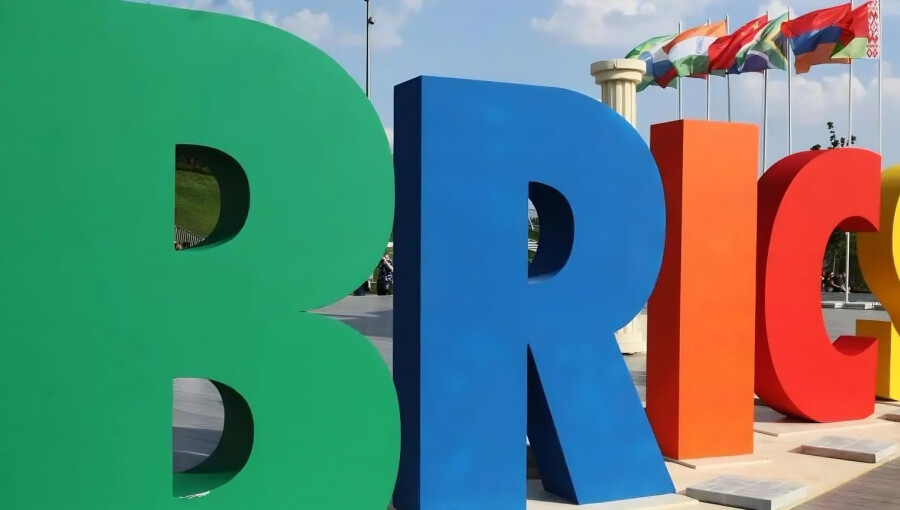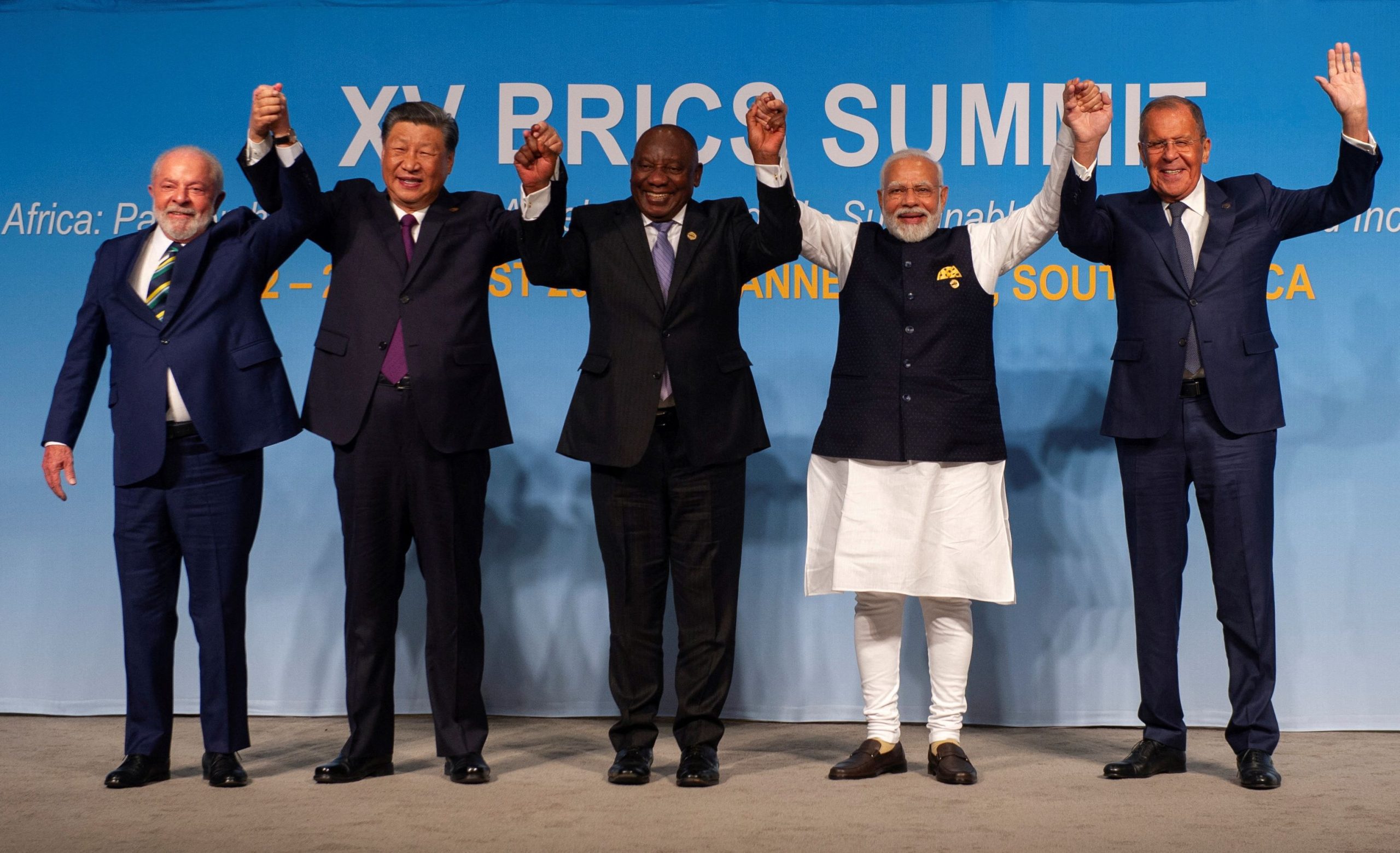As the BRICS bloc prepares for its 17th summit in Rio de Janeiro on July 6–7, 2025, a new report by the Global Energy Monitor (GEM) highlights the group’s significant strides in clean energy development.
For the first time, fossil fuel-powered capacity within BRICS nations is projected to fall below 50% of the total energy mix by the end of 2024, marking a pivotal shift towards renewable energy sources.
The BRICS group—Brazil, Russia, India, China, and South Africa—expanded in early 2024 to include Iran, the United Arab Emirates (UAE), Ethiopia, and Egypt. These nations account for approximately 36% of global GDP and are home to nearly half of the world’s population and CO₂ emissions.
Despite the overall progress, disparities exist among member states. While founding members like China, India, and Brazil are leading in renewable energy investments, newer members continue to develop fossil fuel infrastructure. GEM data indicates that BRICS countries are set to commission 72 gigawatts (GW) of fossil fuel capacity in 2024, compared to 190 GW of non-fossil capacity added by China, India, and Brazil alone.
China, in particular, has achieved significant milestones in clean electricity generation. In the first quarter of 2025, the country generated over 951 terawatt hours (TWh) of clean electricity, a 19% increase from the same period in 2024. Wind and solar power now contribute more to China’s energy mix than hydroelectric power, underscoring the nation’s commitment to renewable energy.

The upcoming summit in Rio de Janeiro will focus on strategies to accelerate the clean energy transition across all member states, including Nigeria. Discussions will likely focus on the need for increased investment in renewable energy projects, the development of supportive policies, and the importance of international cooperation in achieving shared climate goals.
As BRICS nations continue to expand their influence in global energy markets, their collective actions will play a crucial role in shaping the future of clean energy and addressing the challenges of climate change.


 Trending
Trending 